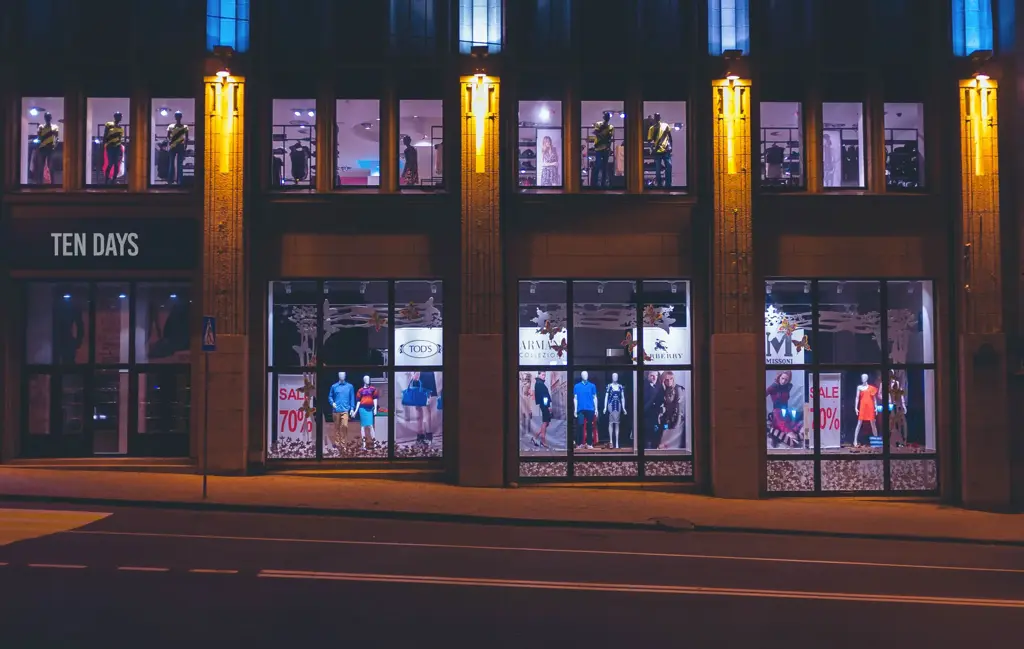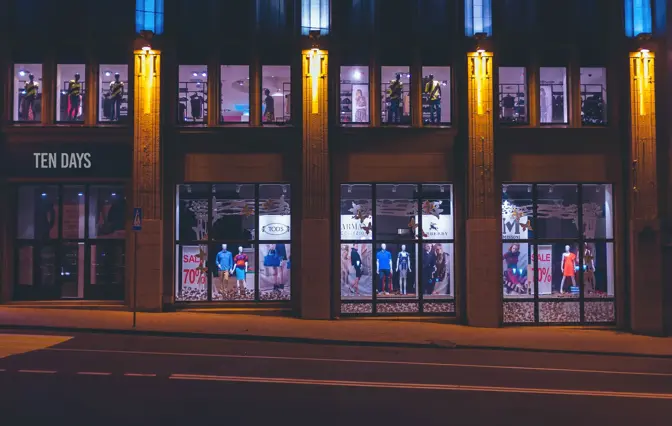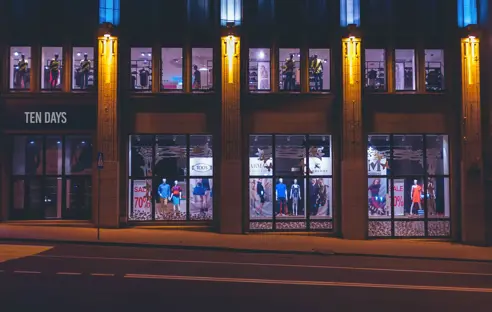The fashion industry is undergoing a major restyle at the hands of the digital revolution. From classic department stores to cult new labels, high-street heroes and luxury brand giants, fashion is navigating a fundamental shift in consumer engagement—pioneered by a more mobile, more engaged, and more demanding audience.





Speaking to Fast Company, Karen Harvey, CEO of Karen Harvey Consulting and the founder of the Fashion Tech Forum, discussed how she was helping brands step into and navigate the digital future of fashion. Highlighting fashion’s traditional stubbornness in adapting to new technologies, she believes that consumers no longer wait to be told what is beautiful or trendy by brands, but digitally dictate what it is they want—and it’s the brands listening, acting and adapting to the tech industry’s consumer-centric model that will be front row throughout the revolution.
Fashion has always been a crowded space, but retailers and design houses now not only have to fend off growing and dynamic competition, but to be successful, the adoption of three principles of tech—as highlighted by Harvey—will signal the difference between digital success and digital failure.
Consumer-centricity
Fashion is used to being the one followed, but as personalization becomes an even bigger everyday reality, brands need to stop assuming that they’re leading the way.
An ability to put customers first is just one of many reasons why Zara is arguably the world’s most successful fashion retail brand. Enthusiastic about creating a responsible passion for fashion amongst a broad spectrum of consumers, spread across different cultures and age groups, Zara’s principal designer is the customer.
Not only has the brand mastered ‘fast fashion’ thanks to an unbeatable supply chain, but they excel in collecting and using customer insights both on and offline to innovate while sensing both demand and supply needs. Zara was a true tech pioneer, deploying personal digital assistants (PDAs) to gather real-time consumer data on transactions that linked back to production and fulfilment systems, meaning the customer got more of what they wanted, and less of what they didn’t.
There is also a famous story from 2015 where four different women walked into four different stores in four different geographical locations and asked for a pink scarf, but left empty handed. Seven days later, more than 2,000 Zara stores started selling pink scarves. 500,000 were dispatched in total, and they sold out in just three days, showing how customer-first fashion isn’t just a fad.
Transparency
Millennials and tech-enabled consumers expect brands to be open and honest about everything—from the manufacturing process to company values—so that they can see how and where it connects with their personal values. Thanks to social media, consumers are more aware of how, and by whom, clothes are made and, as a result, they know the dark side of fashion too. Because of this, they’re willing to spend 10-15% more on ethically produced clothing.
Fashion brands need to be very good at telling their story and sharing their culture. One brand that does this very well is digital retailer Everlane. For every item of clothing sold online, Everlane lists the materials, hardware, labor and transportation costs, and also provides production information—such as photos of the factories and workers in China where silk is woven.
While cynics might claim it’s easy to manipulate such details into a rose-tinted brand story, Michael Preysman, CEO and founder of Everlane, ensures consumers that he backs up all of this information with cold, hard data.
The brand’s radical transparency also reassures customers that they’re not being ripped off, which in turn ensures that they are the foundation of everything Everlane do. Trusted by many, Everlane grew substantially not just through engaging, smart social campaigns—like #WhereITravel which received 11,000 travel photos from fans—and an ingenious use of technology, but ultimately, honest and trustworthy word-of-mouth referrals.





Speed
The tech industry has always placed a huge emphasis on speed, and likewise, fashion is now trying to accelerate much of what it does; such as premium one-hour delivery services and faster store restocking.
One of the biggest races in the fashion industry is the sprint to get to market faster than anyone else. If brands fail to stimulate customer interest, they fail to create a customer base, and to navigate this, the fashion industry relies heavily on the use of content.
Beautifully-produced images, high-resolution video, and identifiable brand signifiers are all strategically used to communicate and engage an audience. However, many fashion marketers struggle to not only manage vast content collections, but fail to effectively use and reuse branded content on the right channels, and at the right time, before consumers move on to something else.
The smarter brands have already adopted tech solutions, such as digital asset management, to help them navigate a growing and complex tech ecosystem. This in turn means many fashion retailers are evolving into omni-channel sellers looking to capture consumers not just in-store, but online on their own website, via social selling platforms, with second-party marketplaces and even Amazon.
There’s no single formula, algorithm, or crystal ball that can tell them for sure when and why each individual customer will make a purchase; but by accelerating the time-to-market of their products and brand story across a range of channels, fashion brands can evolve with the technology and the consumers essential to digital success.















